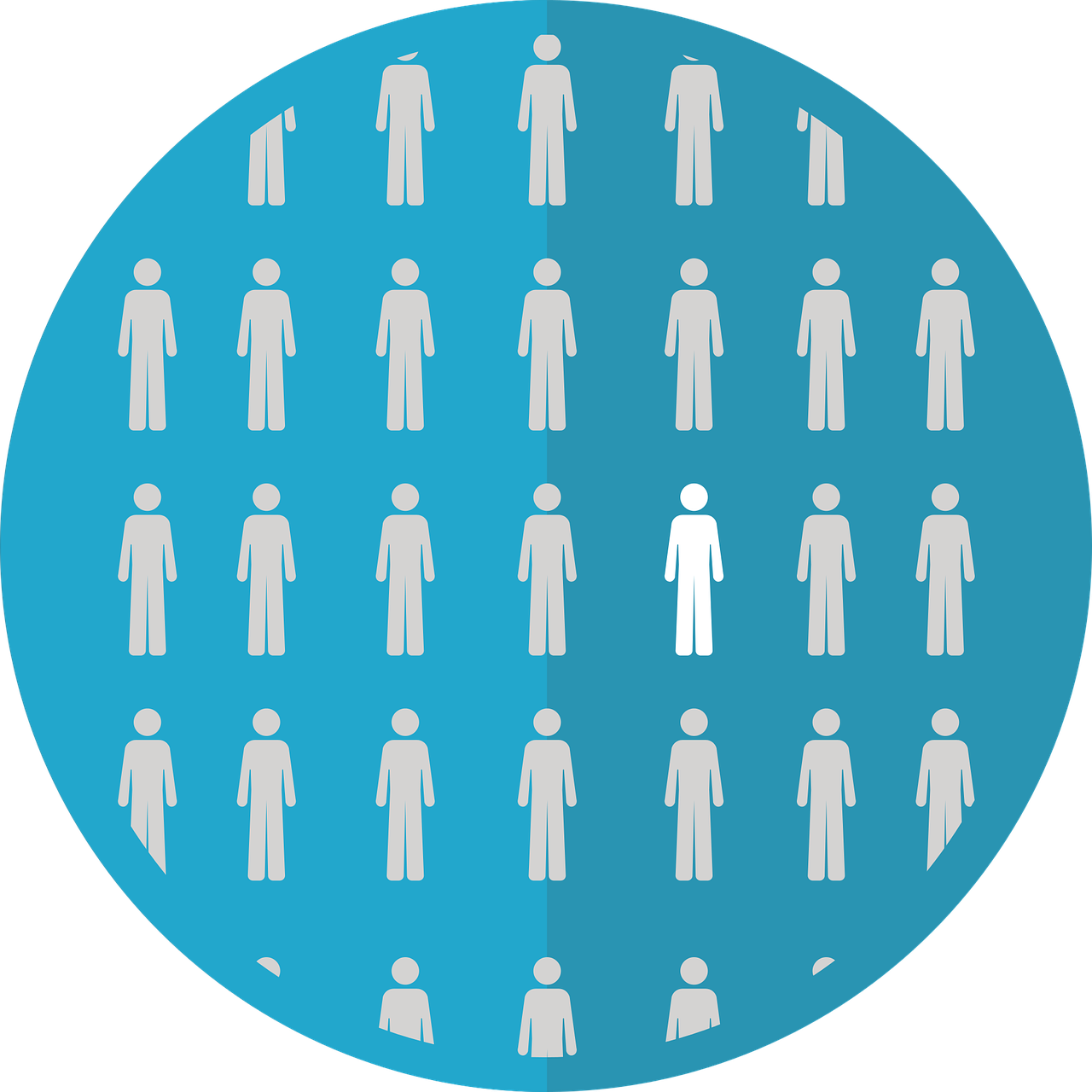Rare Disease Day is February 28th. Rare diseases have specific legal definitions that are tied to support from various governmental programs around the world. Patient registries are a key part of the call for funding for rare diseases and are needed to advance the research on tick-borne diseases like Lyme borreliosis, bartonellosis, and babesiosis.
What is a rare disease?
In the United States, a rare disease is defined as a condition that affects less than 200,000 people in the country. Individual rare diseases may impact small segments of the population, but together the thousands of rare diseases affect about one in twenty people.
Although a large portion of rare disease advocacy is focused on genetic-related conditions, certain vector-borne diseases also fall into this category.
How are tick-borne diseases considered “rare” when Lyme disease is so common?
Lyme disease and other flea- and tick-borne diseases are generally considered rare in the United States. While advocates have successfully overturned the belief that Lyme disease is a rare disease, it is still sometimes included on rare disease lists with a notation that underreporting has kept it on the list. The Centers for Disease Control (CDC) recently increased their estimated yearly prevalence of Lyme disease in the United States between 2010-2018 to 476,000 after accounting for additional commercial insurance claims data.
There are also sub-sets of Lyme borreliosis that meet the rare disease threshold through current reporting, such as those with chronic manifestations (Lyme carditis, Lyme arthritis) or treatment failure. This designation facilitates access to additional resources for researching these conditions and developing treatments.
What have tick-borne disease patient registries accomplished?
For many rare diseases, including Lyme disease, patient registries have transformed how they are approached in fundamental ways.
Patient data such as that provided by the MyLymeData registry at LymeDisease.org are incredibly valuable. It is vital to quantify patient impacts and generate data that can inform testing guidelines and clinical practice for rare diseases. Registries can answer all sorts of questions based on patient self-reports. The MyLymeData registry provides maps of self-reported cases of Lyme disease that match well to canine exposure data, but not to the CDC official case report data. That insight was critical to launching a national educational campaign clarifying the risk of Lyme disease exposure right down to the county level in the US.
This is a win for both patient-powered research and the One Health perspective, bringing people and animal data together. This has also sparked creative ways to crowdsource data from people who may not be ill themselves but want to participate in improving awareness of vector-borne diseases. For example, TickTracker™ is a phone app that was developed by the founder of the LivLyme Foundation. This app collects geographic prevalence data for tick species based on information reported by people who find ticks on family members, pets, or in the environment. Tools like this can be incredibly easy, yet powerful, ways to better understand vector migration and possible disease spread in specific areas.
What next?
Patient registries and other sources of large data sets are needed across tick-borne disease to better inform regulatory bodies of prevalence and improve awareness among medical professionals.
More about building reliable patient registries can be found in the paper “Engaging Patients in Information Sharing and Data Collection: The Role of Patient-Powered Registries and Research Networks” produced by the US DHHS. Resources are also available at the National Organization for Rare Diseases.
Conclusion
When we consider that rare diseases affect one in twenty people, it’s clear that their impact on society as a whole is enormous. Even taking only the portion of tick-borne disease, adding all tick-borne disease together indicates a disease burden that is underappreciated both in the lives it affects and the economic burden it imposes. However, gathering the data is necessary to prove that.
References
Roberts, C. (2021, January 13). Lyme disease much more common than previously thought, study shows. Consumer Reports. https://www.consumerreports.org/lyme-disease/lyme-disease-much-more-common-than-previously-thought/
Workman, T. A. (2013). Engaging patients in information sharing and data collection: The role of patient-powered registries and research networks [Agency for Healthcare Research and Quality Community Forum white paper, publication no. AHRQ 13-EHC124-EF]. US Department of Health and Human Services. Engaging Patients in Information Sharing and Data Collection: The Role of Patient-Powered Registries and Research Networks (ahrq.gov)
National Organization for Rare Disorders. (2021). Tools and resources. NORD website. https://rarediseases.org


